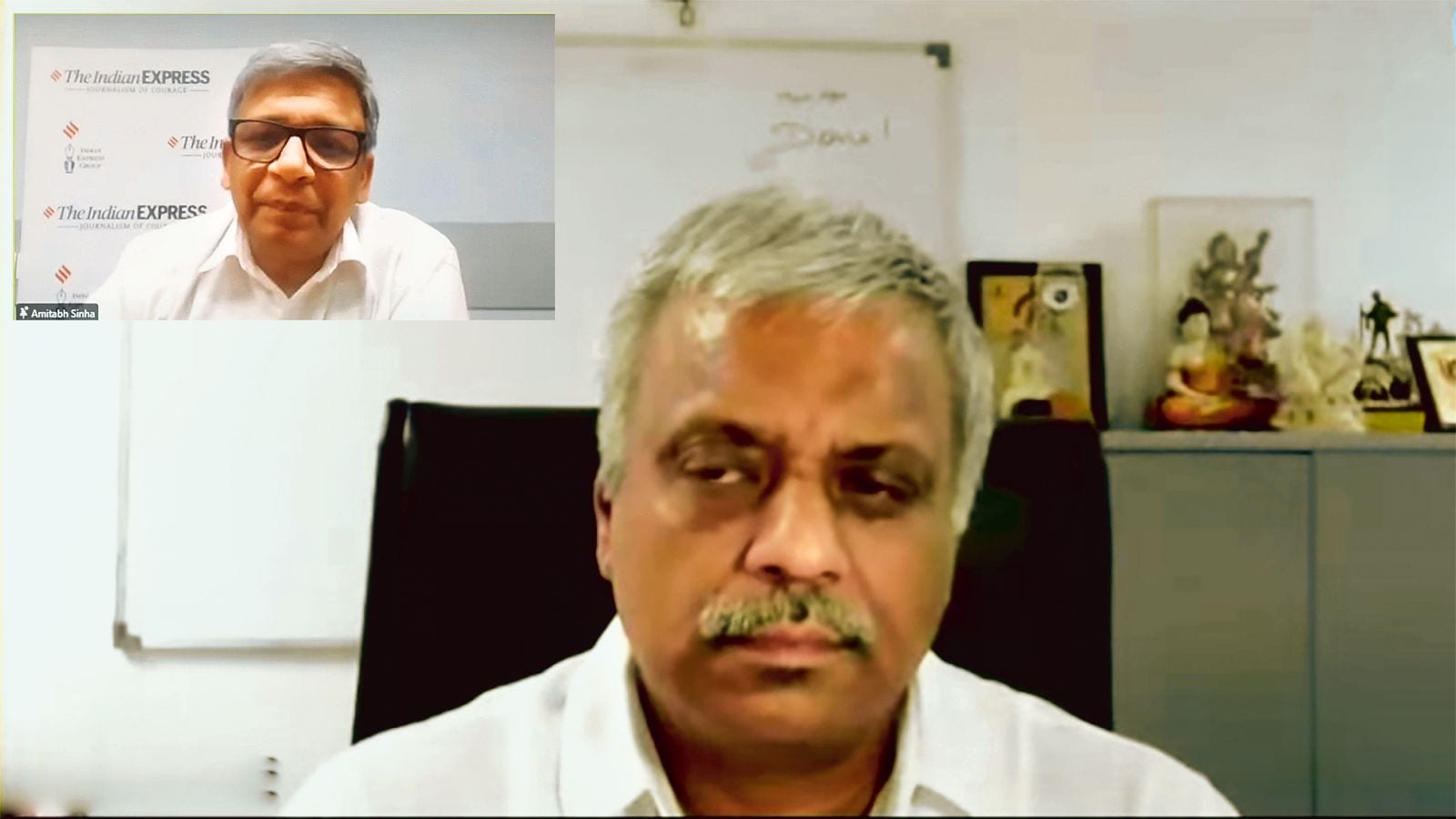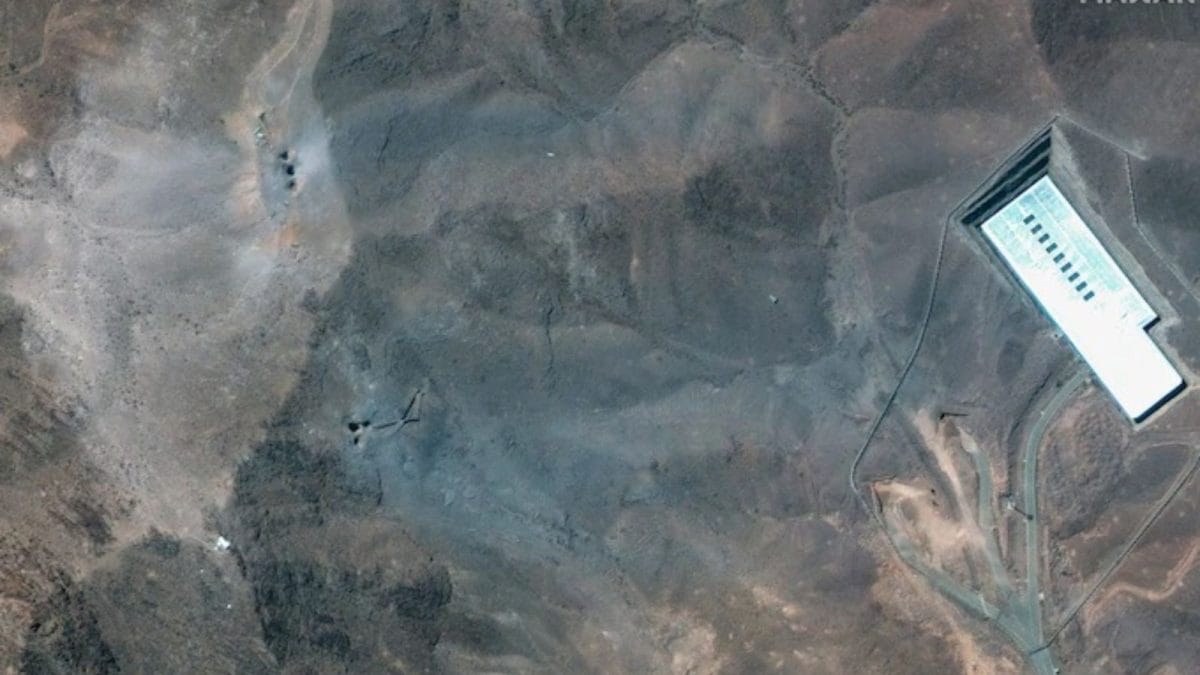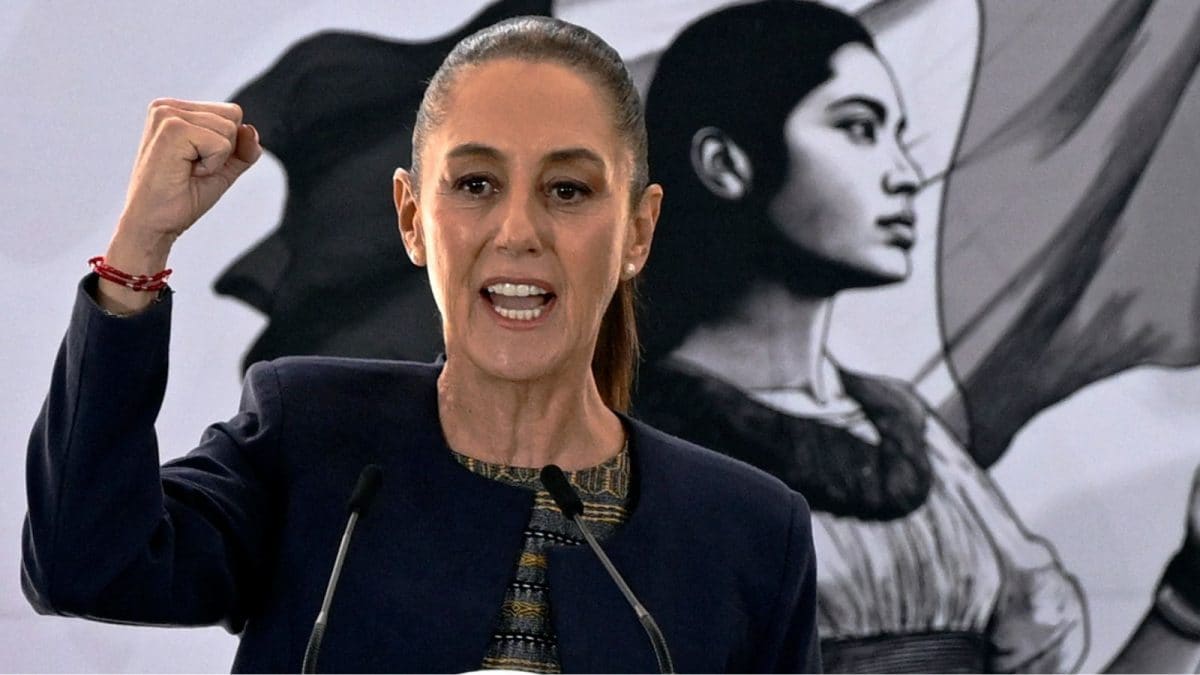Air India has paid interim compensation of ₹25 lakh each to the families of 47 victims of Air India 171 crash so far, and documents of 55 other claimants are being verified as legal experts with experience in prior aviation disaster cases advise relatives to avoid waiving off their rights to further reparations when accepting interim payments, which have in the past resulted in reduced overall payouts.

“Passengers must be cautious and not sign any undertaking forgoing their rights as we have seen in all previous crashes, be it the bombing of Air India Kanishka AI 182 in 1985, or the more recent Mangalore air crash of 2010 and Kozhikode accident of 2020 involving Air India Express where families received a compensation of a few lakhs instead of a minimum liability of ₹75 lakh ten years ago or nearly ₹1.3 crore five years ago as per international convention,” Sanjay Lazar, aviation consultant and former head of All India Cabin Crew Association, who has helped crew and passengers, in past crashes told The Hindu.

Minimum liability
The interim compensation of ₹25 lakh is part of the minimum legal liability for airlines in case of death or bodily injury for international flights defined under the United Nations aviation safety watchdog International Civil Aviation Organisation (ICAO)‘s Montreal Convention 1999 that will be paid through Air India’s insurers. On top of this, Tata Group has announced an ex-gratia, or a voluntary payout, of ₹1 crore for the family of each of the deceased through a ₹500 crore trust it will be setting up.
Families of 241 out of 242 passengers and crew onboard the ill-fated Boeing 787 aircraft as well as those of 19 people killed on the ground at BJ Medical College where the aircraft crashed will be entitled to a compensation, in addition to those injured.

In October 2023, the Supreme Court issued notices on special leave petitions (SLPs) filed by injured passengers seeking higher compensation following the Kozhikode crash who claimed that they had only been provided a nominal compensation for their losses which they believed was only an interim settlement.
Senior advocate and former Attorney General K.K. Venugopal, representing the petitioners, stated before the court that the injured had entered into agreements with Air India by which they accepted ₹12 lakh or ₹35 lakh whereas under the Montreal Convention they should have received ₹1.34 crore as a fixed amount. Air India Express had maintained that the complainants could not demand further compensation as they had already entered into an agreement. Of the 190 onboard the Boeing 737 aircraft, there were 21 deaths and several injured passengers.
Compensations can far exceed the limits laid down under Montreal Convention as it merely defines airline liabilities, which was raised to 151,880 Special Drawing Rights [an IMF asset whose value is based on a basket of the world’s five leading currencies] or ₹1.87 crore approximately for death or bodily injury, and is an unlimited amount when there is airline negligence.
The Convention or the Indian law that ratifies it, Carriage By Air Act, 1972, do not regulate how much a passenger can recover, explains Yeshwant Shenoy, President of Kerala High Court Advocates’ Association, who helped a family bag the highest compensation of ₹11.5 crore (or ₹7.64 crore and 9% interest for every year there is a delay in payout) following the Mangalore air crash in Triveni Kodkany vs Air India Limited as per a Supreme Court order on March 3, 2020. Mr. Shenoy was also instrumental in Mumbai High Court directing Air India to pay a compensation of ₹8 crore to the family of Captain Zlatko Glusica, one of the two pilots who died in the Mangalore crash, and an appeal on the matter is pending before the top court. As many as 158 of the total 166 people aboard the plane died after a Boeing 737 aircraft overshot the runway and fell into a valley.
Judicial precedent
For awarding compensation to air crash victims, Indian courts have relied on Motor Vehicles Act, 1988 which provides the framework for compensation to road accident victims, Mr. Shenoy explains. The Supreme Court order in Kodkany vs Air India also refers to judgments in the National Insurance Company Limited vs Pranay Sethi and Sarla Verma vs Delhi Transport Corporation for calculating income and personal expenses for arriving at a compensation.
Under Indian law, the key criteria for determining compensation for victim families of crashes is the earning capacity of the deceased. The next two parameters are age of the deceased and the number of dependents. Mr. Shenoy has fought cases before the National Consumer Disputes Redressal Commission and Labour Commissioner.



.png)
.png)
.png)
















 6 hours ago
4
6 hours ago
4








 English (US) ·
English (US) ·